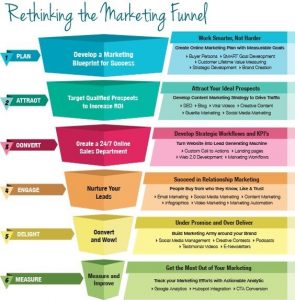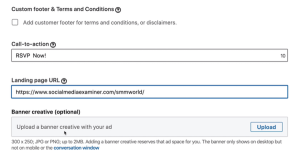— November 27, 2017

geralt / Pixabay
The e-commerce world is getting more competitive. In this anticipation, entrepreneurs must find a business model that doesn’t require high startup capital, convenient to manage, and flexible in product sourcing.
Today, almost 33 percent of e-commerce retailers use this model. In 2018, we can expect to see more than half of online retailers adopting dropshipping business model, which would literally revolutionize how e-commerce works.
Dropshipping is one of the most convenient ways to start an e-commerce business. For instance, Wayfair and Blinds.com are two of major retailers generating billions and millions in revenue every year. Zappos and Amazon had adopted this model in the past as well.
How does it actually work? After the store owner receives a notification that an order has been placed on the site, the product is then purchased by the store owner (with wholesale price) from the wholesaler.
With this business model, an entrepreneur can focus solely on marketing and customer service efforts, because he or she doesn’t need to worry about sourcing, stocking, and warehousing products, nor fulfilling and shipping orders. All those will be taken care by the partnering wholesalers.
Thus, setting up the startup requires minimal or, even, zero capital. You can literally try out selling products by signing up to free trials to e-commerce platforms, like the one offered by Shopify, which allow you to experiment risk free.
The following are 5 trends in 2018 dropshipping trends.
1. Social shopping
Considering its low barrier to entry, dropshipping e-commerce stores market their products with “impulse buying” strategy. This way, customers buy stuff without doing any price comparison beforehand, which can be bad for a dropshipping business. Instagram marketing and Snapchat marketing are among proven ways to approach social selling.
2. Using Facebook Messenger chatbot
It’s easier than ever before to communicate with customers and leads through a platform that they use the most: Facebook Messenger (FM) chatbots. With various free and affordable chatbot writer apps, you can easily create chatbot scripts that suit every single need of your business, ranging from customer service, content delivery, FAQs, to order tracking and more.
3. Products to sell
With dropshipping, you’re free to experiment on which products to sell in the long run. You can start with a more general e-commerce store and learn from the purchasing data to find the most widely sought-after products. Finding the most suitable products to sell might take a while, but as long as you’ve found your niche, such as from Amazon’s best-selling products, you have a good head start.
4. Niche market targeting
Targeting a product niche can be based on your passion. For instance, if you love women’s fashion, go for it. The thing is, “women’s fashion” is such a huge category. There are formal, casual, lingerie, petite sizes, plus sizes, and more. Choose a niche and stick with it.
5. Sourcing products directly from the app
With a store is based on the popular Shopify platform, use a dropshipping app like Oberlo. It comes with built-in product sourcing directly from wholesalers in China, which allows you to choose, pick, and publish the product specs and images directly from the dashboard, without having to go to AliExpress or Alibaba’s sites.
In conclusion, a dropshipping store doesn’t require any startup capital and it provides an avenue to experiment with multiple niches and product categories until the store owner finds the best one that generates the most revenue.
Getting into the game early would help with enjoying the first mover advantage’s benefits, like higher market share, branding opportunities, and earning customer trust early on.
Digital & Social Articles on Business 2 Community
(135)
Report Post







